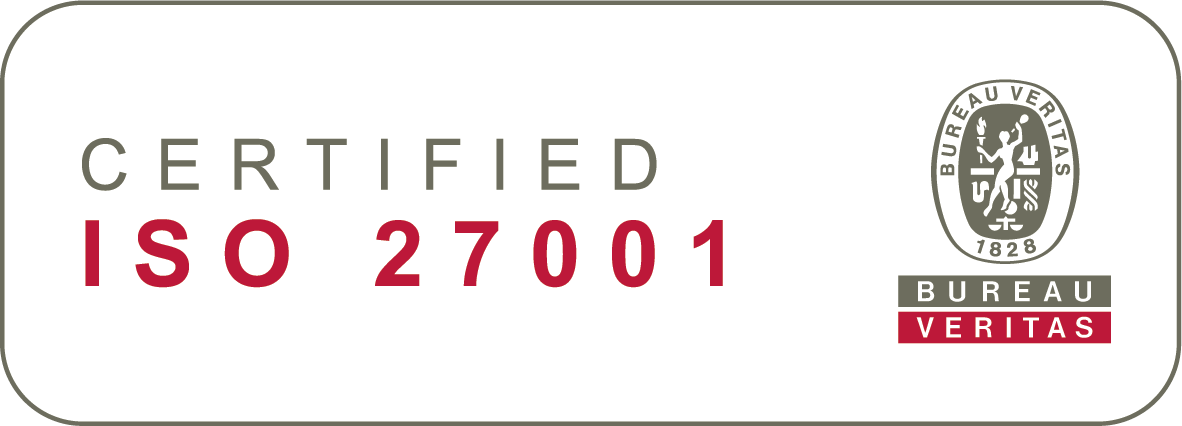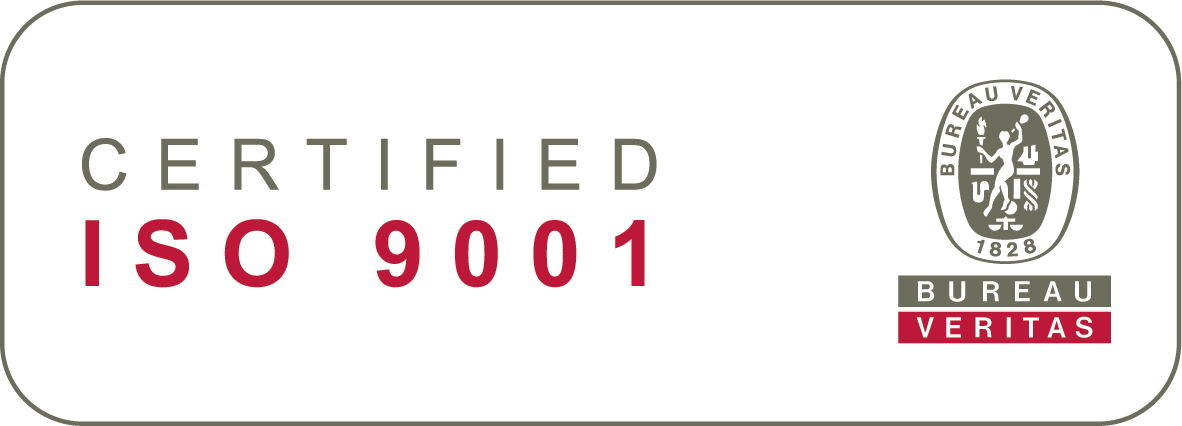Simon Sinek said, “Customers will never love a company until the employees love it first.” Building this kind of organisation requires developing a strong company culture.
Company culture is the shared values, attitudes, behaviours, and standards that make up a work environment and drive the actions of the people in your business. Culture dictates how all people act at all levels of the business, from daily conversations to times of crisis. As a result, it has the potential to help a company thrive or cause it to suffer.
According to a 2022 Gartner report, just 24% of hybrid and remote workers feel connected to their company’s culture right now. As we move beyond the pandemic, a time where health, well-being and motivation were brought to the fore, HR is tasked with rebuilding and strengthening employees’ sense of belonging as we settle into the hybrid era for the long term.
Not only does the right company culture help people feel engaged and improve the feeling of relatedness to their work, but it also attracts and retains top talent, and drives an organisation’s bottom line. Following trends like the great resignation, quiet quitting, and war for talent, the pressure of having a good company culture will only increase in the future.
As your company grows and evolves, your company culture will likely change with it – but good company culture doesn’t happen by itself. While culture can seem abstract, concrete steps can be taken to build and strengthen it.
Clarify what aspects of culture are not only important but actually present in your business
The values of your company dictate the main elements of your company culture. They include how people treat each other, how you’re expected to behave, and expectations of how to complete your work. To develop and strengthen your company culture, you need to define and communicate your values to the whole organisation.
While this may feel like a decision and process that the leadership team needs to perform, your employees are the people who are most impacted by company culture. So, if you want to create a strong company culture – you need to ask what kind of culture they’d like to work in and which values they feel are already strong inside the company.
How can HR facilitate this?
Send out surveys and ask for feedback on your employees like about your existing culture and what they think could be improved. Ask for their insights into what their ideal corporate culture looks like. Then use their feedback to drive your organisational culture strategy. That way, you can build a culture that not only works for the company but also works for the employees. Without clear structures that give everyone the chance to participate meaningfully, the quality of your discussions will be next-to-useless.
Alternatively, you could hire a “mystery shopper” – a person who observes how company culture and values actually play out in the day-to-day of your business. Invite them to online and in-person meetings, and let them join projects, at all business levels. This will give you the best reflection of what your company really values – and what the culture is truly based on.
No matter how great or fancy the strategy Powerpoints are, people need to feel connected to the purpose and values of the company they work for.
Enable flexible work – it’s here to stay
According to Beezy’s 2023 Workplace trends & insights report, 73% now work in either a hybrid or fully remote setting, with 43% working remotely full-time. And 32% hope to stay fully remote long term – that’s 11% higher than in 2021. Clearly, employee sentiment towards hybrid and remote options has clearly shifted for the long term.
More than three-quarters (78%) of those who worked from home in some capacity said that being able to work from home gave them an improved work-life balance. For companies, flexible work arrangements can significantly boost productivity and employee satisfaction.
How can HR facilitate this?
Making that happen means managers need to consider four distinct perspectives: (1) jobs and tasks, (2) projects and workflows, (3) employee preferences, and (4) inclusion and fairness. Start by identifying key jobs and tasks, determine what the drivers of productivity and performance are for each, and think about the arrangements that would serve them best.
Aim to offer all employees equal capability to do their jobs regardless of office, online, or hybrid working styles. The true meaning of hybrid work is offering the choice between the office, home, and travel depending on your employee’s circumstances that day or week. It’s about facilitating tools, processes and actions that create equal opportunities no matter where people work.
For example, offer flexi desks in the office for people that want to come to the office on an irregular schedule, provide all employees with the same office equipment for remote work, and make everyone join meetings at the office with their laptop instead of a shared camera and microphone.
Train leaders in the management of hybrid teams and invest in the tools of communication and coordination that make it easy and efficient to connect with one another and to share crucial information.
Create learning and development paths
Job satisfaction and the feeling of relatedness at work are closely tied to the opportunities employees have for growth, advancement, learning and promotions. Companies with a good culture invest in their employees’ success, creating opportunities for employees to acquire knowledge, explore promising ideas, and experiment with new solutions. They also encourage the pursuit of lifelong learning.
We learned from the great resignation that people want greater autonomy and self-sufficiency in all aspects of their lives, and they want to continue to learn and grow through their careers so that they can make an impact.
Miki Kuusi, Wolt CEO, said, “Companies used to be in “buying mode, picking and choosing the talent they wanted. Today, you need to sell to candidates. They have all the power. And one of the strongest ways to do this is through your culture.”
Employees stay when they are engaged and have the opportunity to advance their careers. In fact, 94 per cent of employees say they would stay at a company longer if they invested in personalised career development options. When employees feel unable to progress in their role, they will jump ship to another one.
How can HR help?
Try to build an up-to-date competence map of your employees’ key skills. This will help you understand every employee’s expertise and capabilities and identify where and how they can progress in their careers. A common mistake companies make is that they start developing a training program without considering the skills gap. HR needs to first evaluate the weaknesses and strengths of the staff, what skills they currently lack, and which ones would help them improve productivity, as well as progress professionally.
In addition to surveying employees about their development interests, employers should interview managers to find out what skills their teams lack and learn how the organisation can better support its managers.
Then validate your commitment to the growth of your employees by creating a budget and allocating resources for professional development. Offer links to training courses. Use the in-house knowledge you have to upskill the rest of the team. Build a selfservice intranet learning resource, or encourage managers to ask employees to submit their own development goals.
Encourage psychological safety
According to Amy Edmonson, psychological safety – the level to which an employee feels comfortable voicing their ideas and opinions, and how likely they are to be received and heard – is the most important factor in strong cultures, and in turn, high-performing teams.
Organisations with high levels of psychological safety encourage team members to express opinions, offer new ideas, challenge the status quo, question decisions, take risks, and admit mistakes. Essentially, people are free to speak up about their feelings without fear of humiliation or punishment.
If employees don’t believe their organisation respects them or wants to hear their opinions, those employees will look elsewhere. Building a psychologically safe culture requires every team leader, at every level of the company, to consistently model this behaviour and promote a psychologically safe work environment. Unless team leaders publicly and consistently support psychological safety through their language and actions, team members won’t foster this behaviour or support others who do. You need to encourage each of your employees to be their authentic selves. Be a human – people value that in today’s work life.
Practical examples of building psychological safety at work include:
- Checking in with your employees and demonstrating your concern and interest in them as people.
- Owning up to mistakes.
- Showing that you value new ideas and perspectives through reciprocal feedback.
- Encouraging open feedback.
- Providing multiple ways for employees to share their thoughts.
Measure and monitor your culture’s health
Before you can strengthen something, you need to find both what could be reinforced and what could be remade. As your company grows and evolves, your company culture will likely change with it. This means it’s a good idea to run a health check every once in a while to ensure people still feel connected and motivated in their daily lives.
A new Tivian report reveals that 85% of HR staff think they’re using feedback to improve the employee experience, but only 50% of the workforce agree. Additionally, just 14% of employees think their employer uses feedback very effectively to drive change. This indicates a clear disconnect between the feedback expectations of people and how the company is both using and communicating the feedback it receives.
As we’ve highlighted earlier, when people feel listened to, empowered, included, and valued in an organisation, motivation and engagement levels soar and they achieve great work.
Aside from a mystery shopper and surveys, you need a multistrand approach to monitoring the health of your culture. Each business is different. However, 1-1 sessions and personalised feedback, both received and given, are a vital tools for understanding what’s working and what’s broken. All feedback types will help you to paint a full picture of the current health of your culture, giving you the ability to decide on which metrics to strengthen.
Get everyone together
It’s the micro-moments, the lunchtime conversations, and the team-building exercises that also form the bonds that further strengthen our culture.
However, 42% of remote employees say virtual social events are not a good substitute for in-person events, according to Capterra’s company culture survey.
If it’s within your budget and scope, organise a company-wide get-together at least once a year. Don’t fall into the trap of filling the agenda with workshops and keynotes. Give the participants space to breathe, to connect organically, and to turn colleagues into friends.
Keep in mind that with challenging economic conditions, people are after more compensation, better work-life balance, and job security from their employers. In fact, 66% said that the money used for social events and building social connections would be better spent elsewhere. So, be mindful about how you organise events and use feedback to discuss which culture parts people want to keep and what people want to drop.
Finally…
There is no replacement for a great company culture. It may be the difference between retaining a fantastic employee vs watching them walk out the virtual door or becoming the most competitive in your industry or not.








